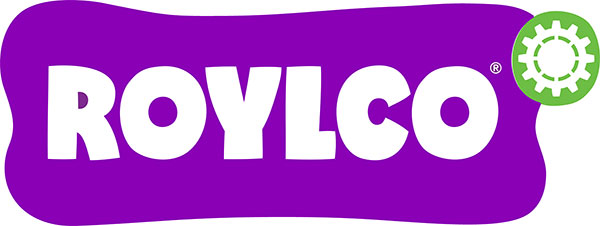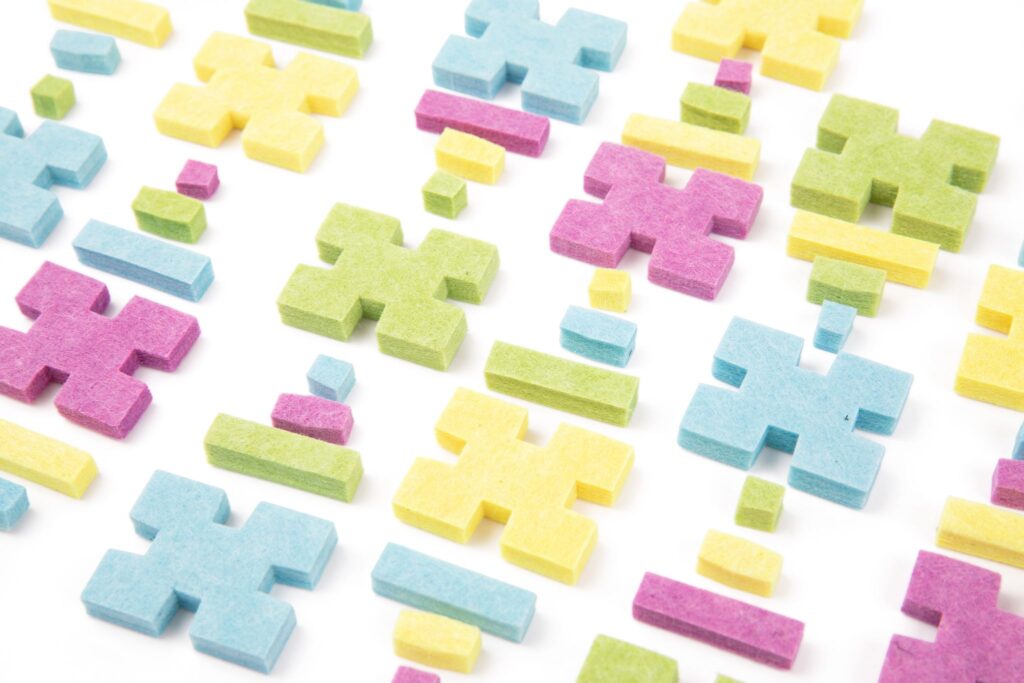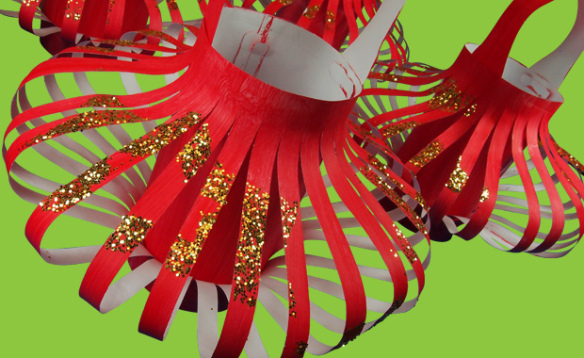Posts Tagged ‘education’
Why STEAM Toys Matter
We’ve got the secret that all parents are looking for. STEAM toys. No, not toys that produce steam, but the acronym STEAM (science, technology, engineering, arts, and math). Parents are wanting them, and educators are pushing them. In a world now dominated by social media and gruesome video games, the yearn for real hands-on learning…
Read MoreChinese Lanterns
Get ready for Chinese New Year! Learn how to create lanterns can help students work with form and color to create these awesome, decorative projects. We’ll show you the step by step process using our R22021 Color-In Chinese Lanterns and our R55009 Shape Sponges! Age: 5+ Duration: 20 minutes You’ll Need: • R22021 Color-In Chinese Lanterns…
Read MoreA Pot Of Gold for St. Patrick’s Day
Are you looking for craft ideas for St. Patrick’s Day? Create some decorations to make the house and classroom more festive. Lets make a spiral rainbow and pot of gold. Age: 4+ Duration: 5 minutes Learning Outcomes: Exercise fine motor skills. holiday activities. Makes a perfect take-home craft. You’ll Need: R15295 Rainbow Paper R15409 Economy Metallic Paper Markers, pencils,…
Read MoreSkyscraper Building Cards
Build ’em up and knock ’em down! Skyscraper Building Cards are a perfect addition to your building play center for kids who love to play architect and Godzilla all in one! We decided to test how our R60450 Skyscraper Building … Continue reading ![]()
Welcome to the Light Cube!
We at Roylco are excited to launch our new series of posts about our brilliant Educational Light Cube! Check us out every Thursday for a brand new look at our sensory-engaging light box… and all the amazing things you can do … Continue reading ![]()
Craft Spotlight: Fingerpaint Flower
Big, bold and bright, Fingerpaint Flowers are the perfect art activity to paint out in the spring air! The best part about fingerpainting outside is that it adds another dimension of sensory development: not only are students using fingerpaints to stimulate finger movement, but the warmth of the sunlight will warm up the paint and the…
Read MoreThis Little Class of Mine uses our Color Diffusing Paper!
Used to make ocean backgrounds for these adorable squid characters, Color Diffusing Paper was combined with paint and bit of salt to create neat bubbly water effects! This activity was part of a literacy/art class that studied a fun children’s book, I’m the Best Artist in the Ocean by Kevin Sherry. The squid on the front cover was…
Read MoreCraft Spotlight: Stand Up Letters
Our newest product addition: R49702 Stand Up Letters! Students can color in and decorate the letters, adding their own unique touch with collage materials, stickers, mosaics and more! The Stand Up Letters are perfect for helping students picture exactly how each letter looks like–since they stand out so well! Stand Up Letters can be used…
Read MoreCraft Spotlight: My Garden Stained Glass Frames
Beautiful stained glass frames can be made by cutting out bits of 15257 Stained Glass Paper to fill in the gaps of the frame design. We got some great shots of the Art Campers hanging up the 52089 My Garden Stained Glass Frames in the garden! The My Garden Stained Glass Frames come in 8 designs. Your students can…
Read MoreDrip Drip Splatter Splash uses our Color Diffusing Paper!
Create awesome effects on Color Diffusing Paper! The Drip, Drip, Splatter, Splash blog posted their butterfly artwork which used Color Diffusing Paper, permanent marker and watercolor paints. The post was published on April 17, 2013 and is entitled, “Butterfly Art.” Click here to visit the page! Using permanent marker helps to create definite lines that…
Read More

